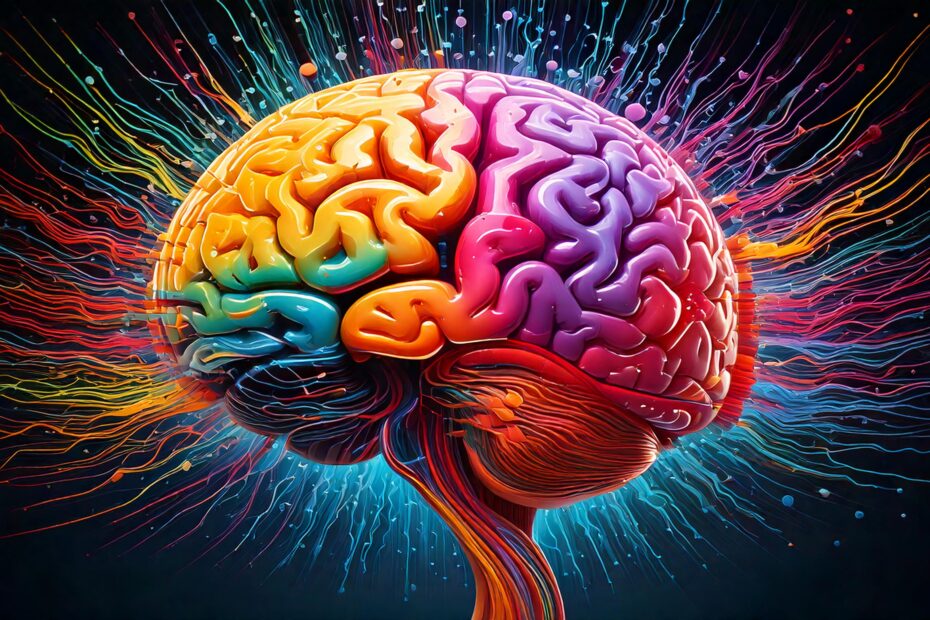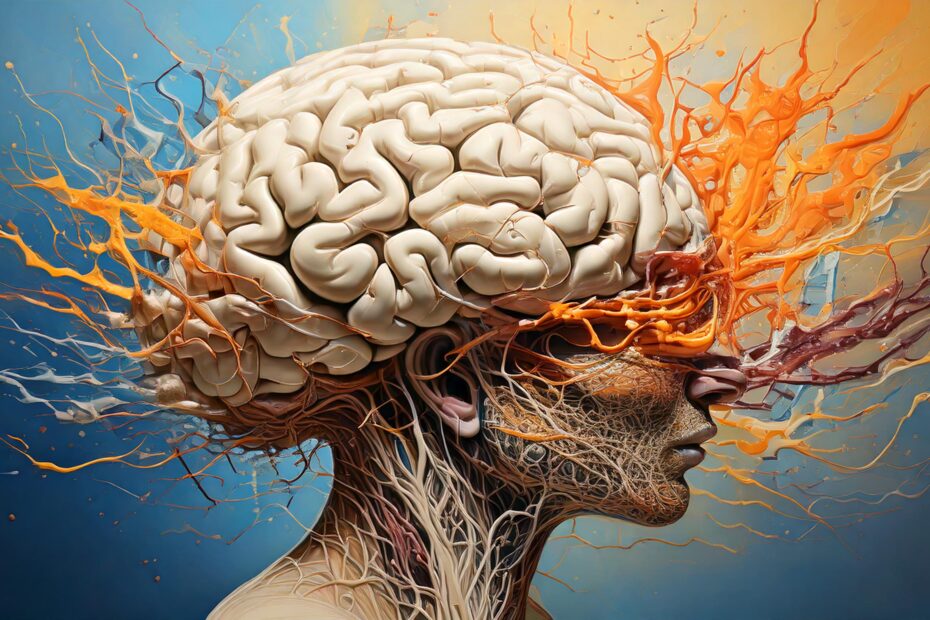Unlocking the Power of the Primal Brain in Marketing
Did you know that the decisions we make as consumers are deeply influenced by our primal brain? This part of our brain, often called the “all or nothing brain” by neuromarketing expert Patrick Renvoisé, plays a crucial role in ensuring our survival. But what does that have to do with marketing? A lot, as it turns out.









